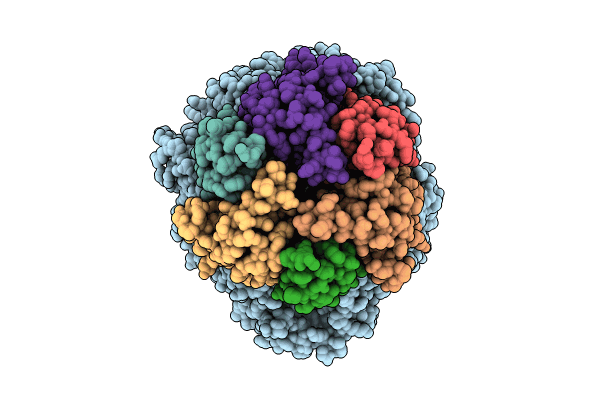
Deposition Date
2024-05-22
Release Date
2024-08-07
Last Version Date
2024-10-30
Entry Detail
PDB ID:
9BXA
Keywords:
Title:
Structure of Mnx H340A complex from Bacillus sp. PL-12
Biological Source:
Source Organism:
Bacillus sp. (in: firmicutes) (Taxon ID: 1409)
Host Organism:
Method Details:
Experimental Method:
Resolution:
3.37 Å
Aggregation State:
PARTICLE
Reconstruction Method:
SINGLE PARTICLE


